Keynote Speakers (Title/Topic)

Understanding clinical pathophysiology through metabolic imaging
Professor Jonathan Coles completed his PhD in the field of neuro-imaging (MR and Positron Emission Tomography (PET)) following traumatic brain injury (TBI) from the University of Cambridge. His current research programme examines mechanisms responsible for secondary neuronal injury, their temporal profile, and implications for eventual neurocognitive recovery following TBI. He is currently Clinical Professor of Intensive Care Medicine and lead for the Perioperative, Acute, Critical Care and Emergency Medicine (PACE) Section, Department of Medicine, University of Cambridge, and President of the Neuroanaesthesia and Critical Care Society (NACCS), UK.
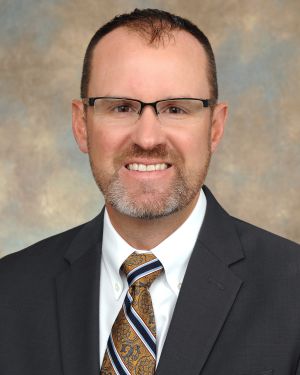
Designing an escalation clinical trial to address complex pathophysiology in severe TBI/ABI (INDICT)
Dr. Hartings obtained his Ph.D. in Neuroscience at the University of Pittsburgh and began his research career in 2000 as a U.S. Army officer at Walter Reed Army Institute of Research. In 2008 he joined the research faculty at the University of Cincinnati, where he is now a tenured professor. Dr. Hartings’ work has focused on the role of spreading depolarisations as a pathologic mechanism in ischemic and traumatic brain injury. He has led several multi-center trials to characterize depolarisations as a candidate target for intensive care management in severe traumatic brain injury, and now leads an interventional trial to test this concept.
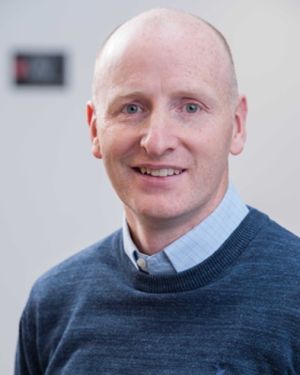
The impact of circadian and sleep disruption on CSD susceptibility
Dr Holland is a translational neuroscientist who leads the preclinical headache group at King's College London. His research focuses on developing a greater understanding of the mechanisms underlying primary headache disorders to aid in the discovery of novel therapies. This includes a focus on cortical spreading depression and its role in migraine aura. A graduate from Glasgow University, he did his PhD at UCL, worked at UCSF and UoE before moving to King’s. He is on the board of the European Headache Federation and is acknowledged as a future leader in pain research.
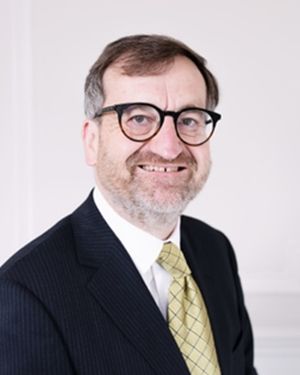
Chemistry-directed Management of Traumatic Brain Injury
Peter Hutchinson is Professor of Neurosurgery in the University of Cambridge and is currently President of the Society of British Neurological Surgeons. His PhD was focused on clinical microdialysis in patients with TBI and his team have been instrumental in advancing the technology for example in the use of high-pore-size membranes, and in retrodialysis of radiolabelled energy intermediates to explore metabolic pathways in TBI. He has led on clinical trials of decompressive craniectomy for TBI, and takes a particular interest in supporting development of neurosurgery in resource-poor settings.
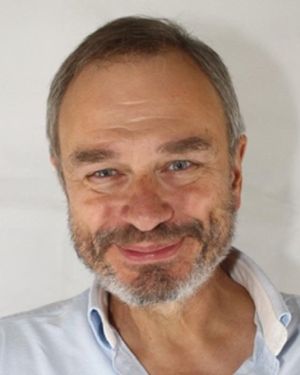
Interactions of spreading depolarisations and seizures
John Jefferys is Professor of Physiology at Charles University, Prague, and Emeritus Professor of Neuroscience at Oxford University. His PhD led to the discovery of spreading depolarisations in brain slices maintained in low-calcium solutions. These SDs differ from classic spreading depression with more controlled depolarisations and shorter duration neuronal impairments. Jefferys’ career focussed on neuronal synchronisation and epilepsy. SDs of varying types associate with seizures but are distinct. The interaction between the two is a key issue in epilepsy research, including in the context of sudden death in epilepsy (SUDEP).
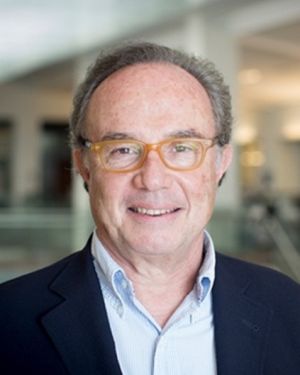
Neuron-glia metabolic coupling: a cornerstone of brain homeostasis with implications for physiopathological mechanisms of brain diseases
Professor Pierre Magistretti is Vice-President of Research at the King Abdullah University of Science and Technology (KAUST) in Saudi-Arabia, and is Professor Emeritus at the Brain Mind Institute at École Polytechnique Fédérale de Lausanne and at the Departments of Psychiatry at the Universities of Lausanne and of Geneva. His group discovered some of the cellular and molecular mechanisms that underlie the coupling between neuronal activity and energy consumption by the brain, and is widely known for the concept of the astrocyte:neuron lactate shuttle. He has been honoured by many Universities and learned Societies in Europe and internationally. He has maintained deep commitments to neuroscience education and training, and to public understanding of neuroscience.
Key contributors
(Topics to be confirmed)
Raimund Helbok, Understanding pathophysiology through multimodal monitoring
Dick Moberg, “Putting it all together with AI” in the ICU (TBC)
